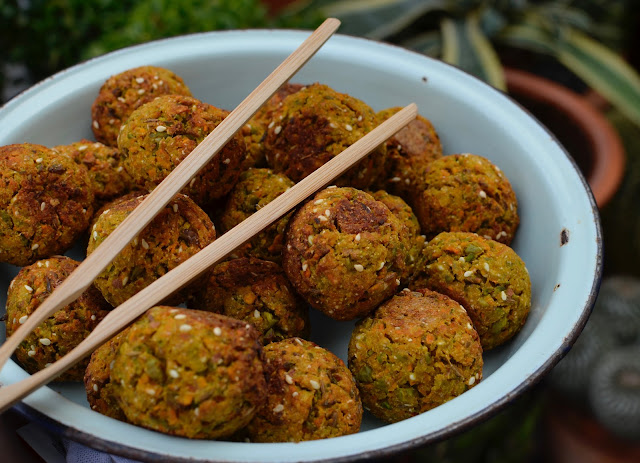CALCIUM CAN DO!
"you don't drink milk?!...
but... but... how do you get your calcium?" - heard this before? well
don't fret... milk is not the only (or necessarily the best) source of calcium!
although vegans do tend to have lower
calcium intakes than vegetarians and omnivores, a study by Kohlenberg-Mueller
& Raschka (2003) has shown that it is possible to be vegan and achieve
calcium balance. “Intakes of calcium in adults in Australia and New Zealand
average about 850 mg of which about 40% comes from non-milk sources” (NHMRC,
2005)
when you are considering calcium intake
values of a certain food item it is also important to consider the
bioavailability as well! calcium may become less available in foods that are
rich in oxalic acid (such as spinach, rhubarb, beans) or phytic acid (such as
seeds, nuts, grains, certain raw beans and soy isolates).
of interesting note is the fact that
the absorption rate of calcium from soy milk can be as high as that from milk! vegan ftw!
so how much calcium do you need? an EAR* of 840 mg - 1,100 mg/day and an RDI^ of 1,000 mg - 1,300 mg has been set for men and women collectively
great sources of calcium:
- leafy greens such as kale, broccoli, and parsley
- almonds
- chickpeas
- fortified foods (such as soy milk)
- calcium-set tofu
- oranges
- ground sesame seeds (tahini)
- fig; and even
- drinking hard water
for a breakdown of calcium quantity by source check out the vegan society's website at www.vegansociety.com
* EAR: estimated average requirement - a daily nutrient level estimated to meet the requirements of half the healthy individuals in a particular life stage and gender group
^ RDI: recommended dietary intake - the average daily dietary intake level that is sufficient to meet the nutrient requirements ofnearly all (97–98 per cent) healthy individuals in a particular life stage and gender group
source: Australian
Government Department of Health and Aging, New ZealandMinistry of
Health and National Health and Medical Research Council.Nutrient
reference values for Australia and New Zealand. Availablefrom
http://www.nhmrc.gov.au/publications/


